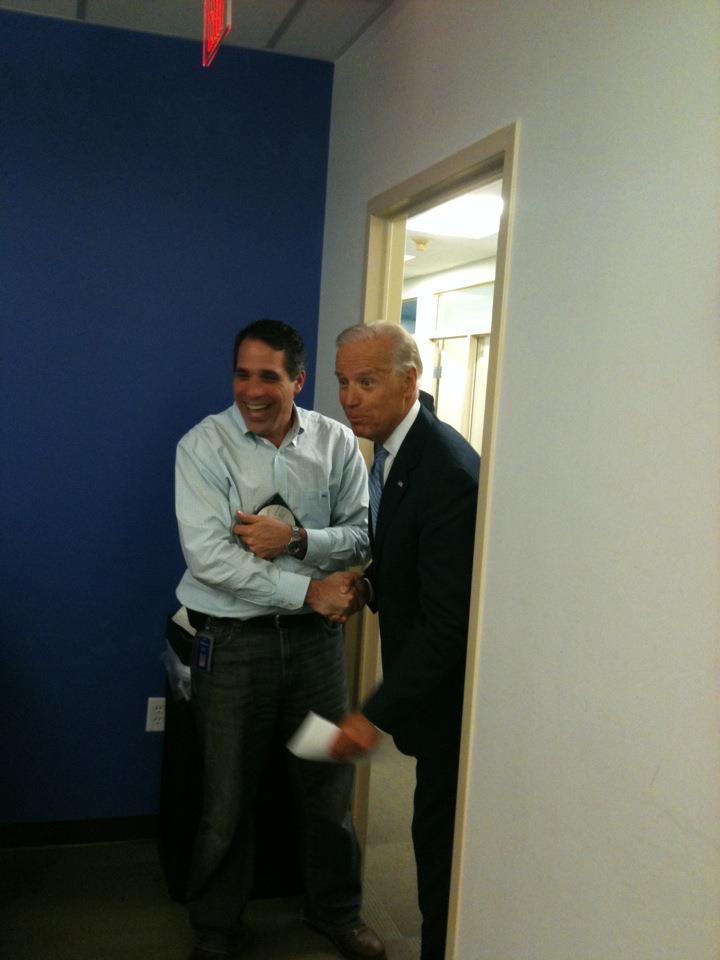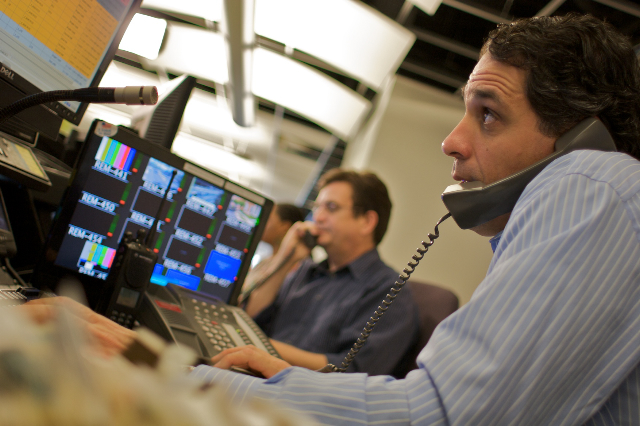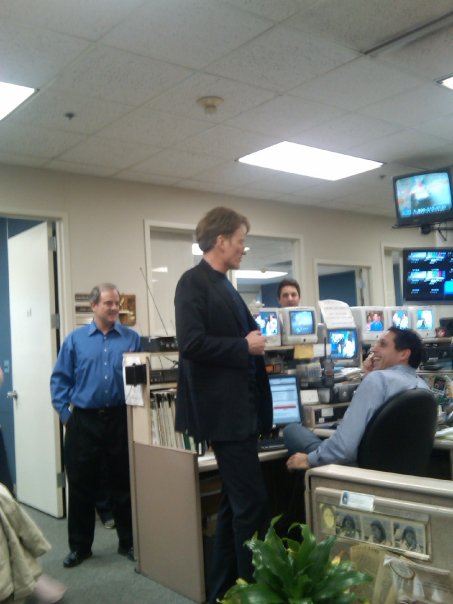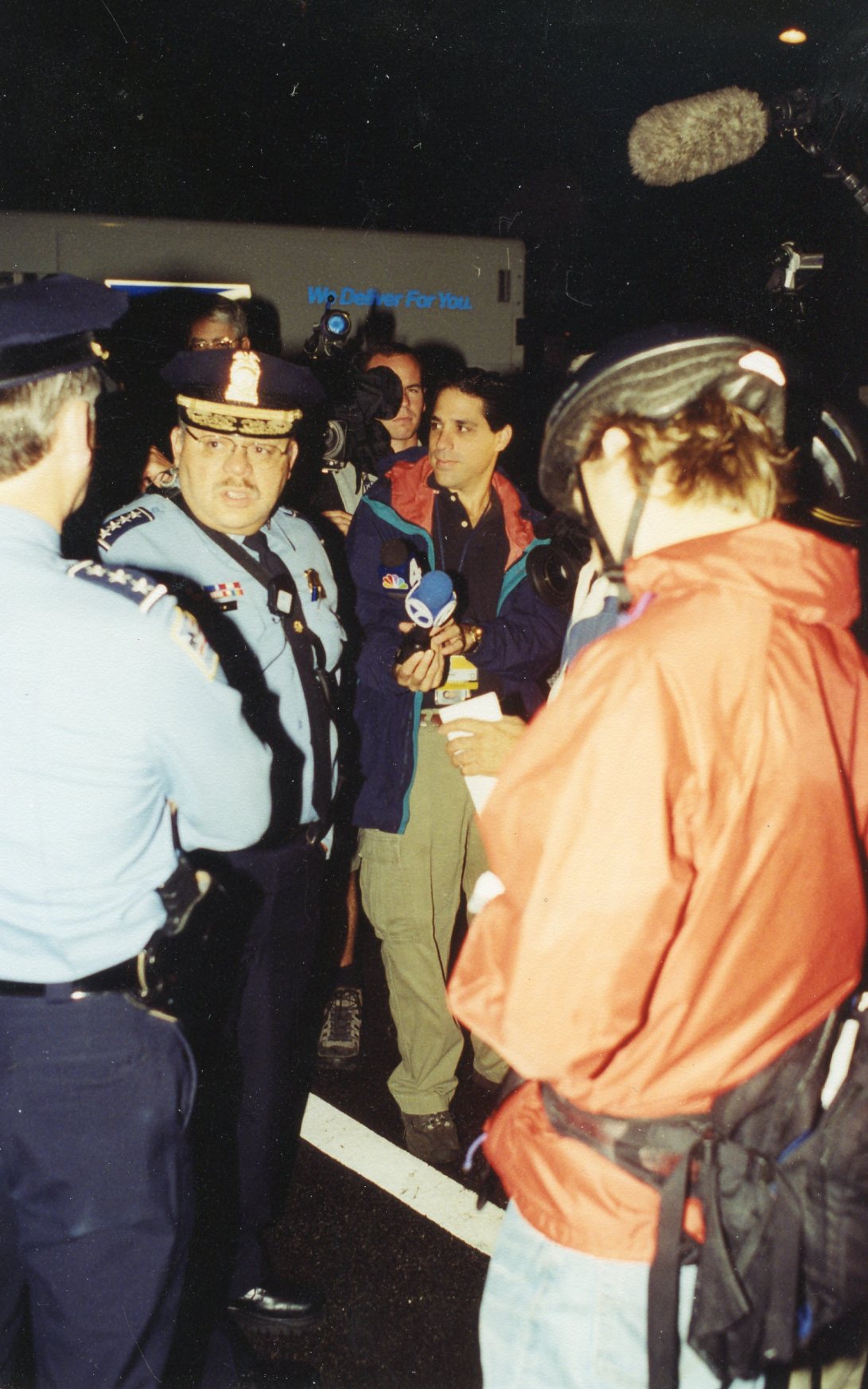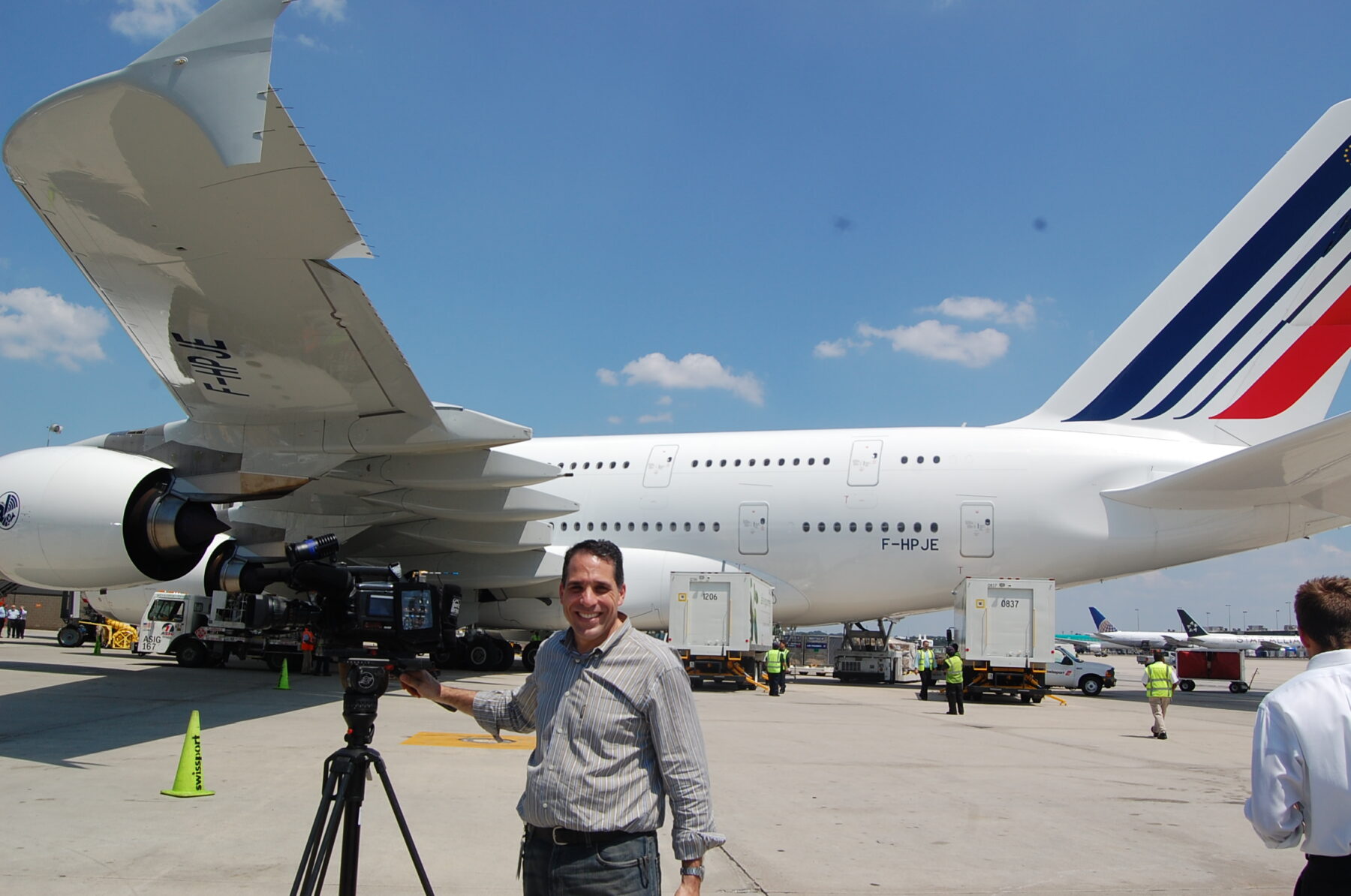At the heart of every newsroom is an assignment desk, where assignment editors figure out what news stories to cover around the clock. They make constant phone calls, listen to police radios and sift through emails to get news tips and background information from officials and the public. They contribute to editorial meetings with reporters, editors and producers. But breaking news can rewrite coverage plans at any point of the day.
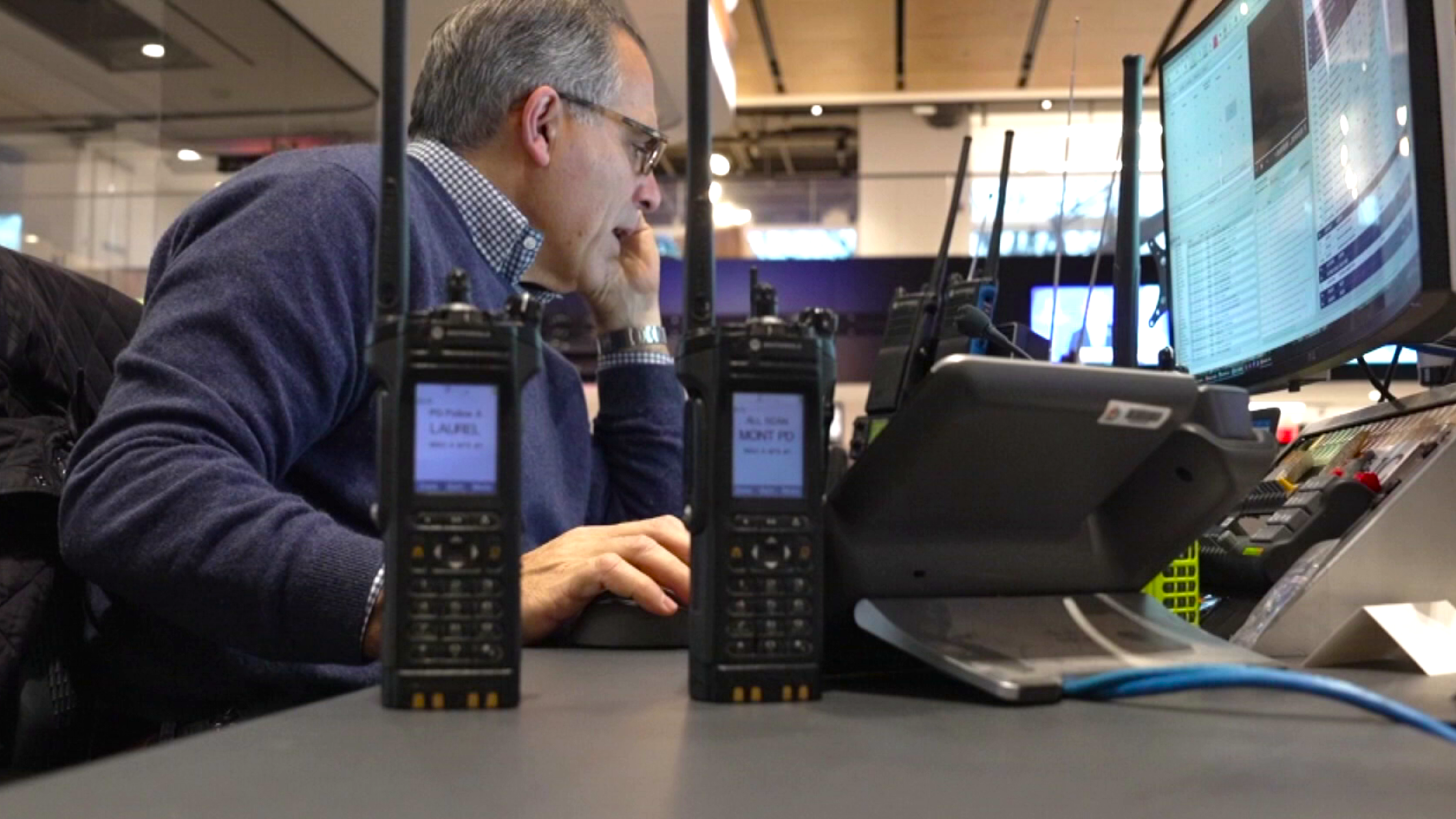
Charlie Bragale, an assignment manager who has worked at WRC-TV in Washington since 1988, has seen many changes in technology, but his assignment desk has always been crucial to newsgathering. He calls his assignment editors “off-air reporters,” talking to sources and conveying updates to news crews and production staff.
“I compare the assignment editor to a flight controller. I’m trying to land five 747s, a couple of A380s and a couple 737s in a blinding rainstorm,” Bragale said. “100% of my day is talking on the phone, networking with people, trying to get people to talk to me and check in.”
Bragale talks about the work of an assignment editor in the video above and shares more remarks below.
What are some tips to being a good assignment editor?
Be curious, be a risk taker and instinctively know what you’re doing right. You see something, go chase after it. We don’t run away from bad news or good news — we run towards everything.
Success is collaborating with everybody. We’re just a cog in the wheels of what we do every day. Collaboration is key.
Your workspace is surrounded by walkie-talkies tuned in to a bunch of police and emergency medical scanners. Isn’t it confusing to listen to all that at once?
Don’t be intimidated by this. This is just white noise. Just listen for keywords, the intensity in the voice, the impact of the event.
What are some memorable stories you worked on?
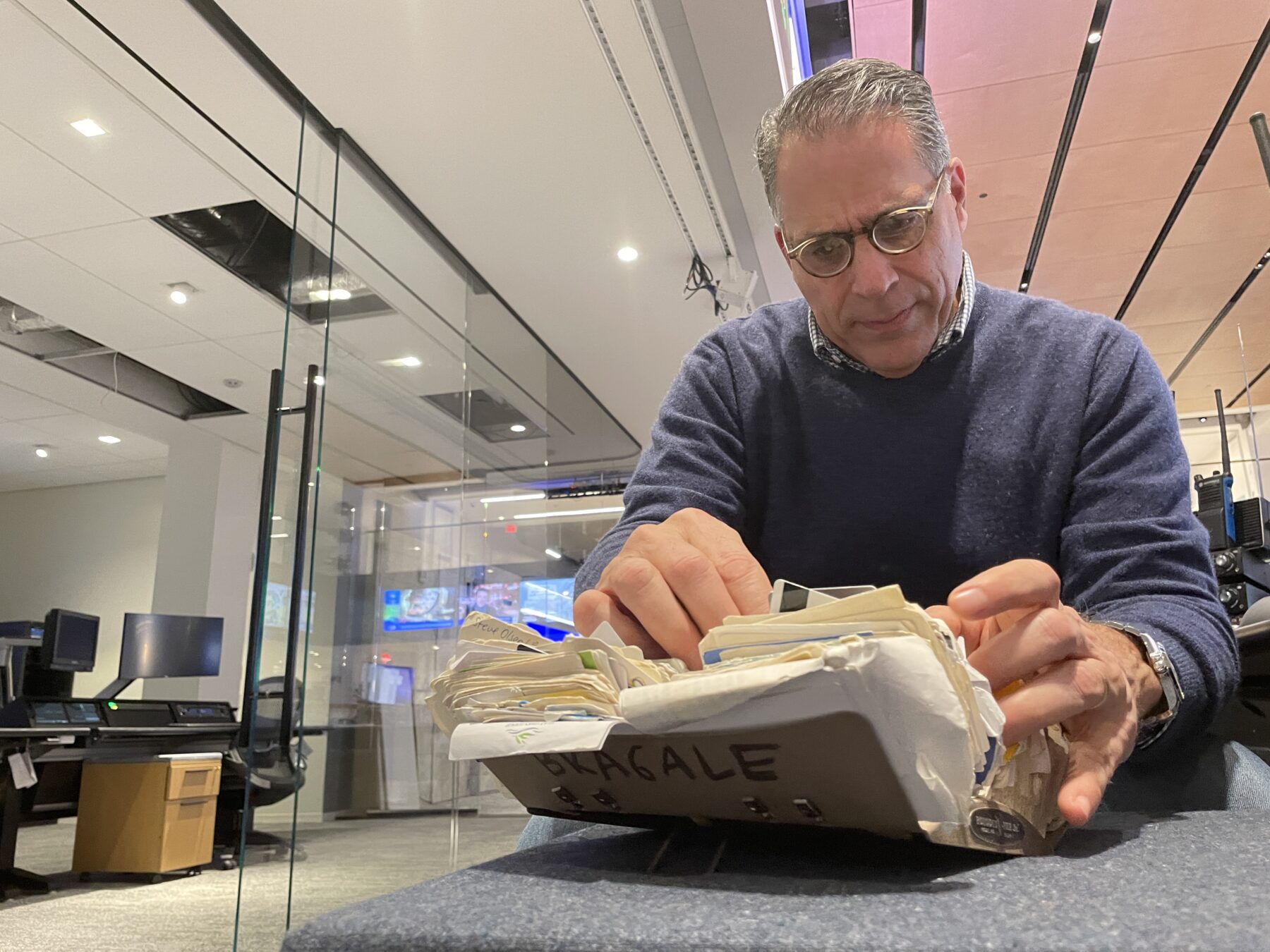
I covered a guy who pulled out an AR-15 and shot up the front of the White House [in October 1994] — that was a [Saturday] afternoon, we were running AFC football.
The phone rings, a guy with a heavy accent says, “Do you speak Portuguese?” And I was like, “Yes, I’m from Brazil.” A Brazilian tourist, videotaping the White House with his family, captured the moment that guy shot at the White House. Back then, we had no cellphones, so I sent a courier to pick him up and look at the video. One of my colleagues ran over, grabbed the video and took it downstairs. They broke into AFC football to show the guy shooting the White House — that’s how important it was.
[On 9/11,] we knew about the planes that struck the World Trade Center. But then I heard a plane hit the Pentagon. I heard that officer, the chill in his voice — we knew it was [a related attack]. We were ready, directing people everywhere, because we knew Washington.
You’ve worked at the same assignment desk for 36 years. What keeps you going?
This is gonna sound mushy, but I grew up here in Washington, two blocks from the TV station. As a child riding my bike through this park, past Channel 4 to the Catholic school on Massachusetts Avenue, I would always tell my brothers, “One day, I’m going to work at that place.” To represent the community and work at this incredible organization, in my job which I love, is an honor.


